Holy Trinity Church: 300 years at the heart of Sunderland
and live on Freeview channel 276
Early days
At the turn of the 18th century Sunderland was a fraction of the size and population of today with around 6,000 people living in the then-town. It was part of the parish of Bishopwearmouth, not the other way round.
Six thousand doesn’t sound much, but the population was increasing and almost everyone was religious in those days. St Michael’s, the main church in the parish and now Sunderland Minster, could not meet demand.
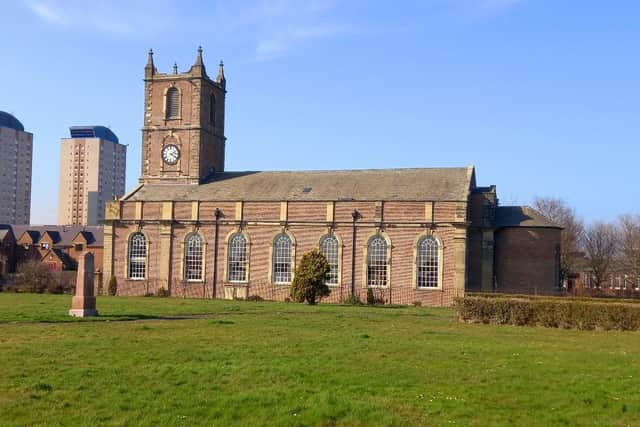

Advertisement
Hide AdAdvertisement
Hide AdA 1712 Act of Parliament allowed the church to be built, but stated that “the gentlemen of the vestry” were to take charge of church and parish. No riff-raff running things. The Bishop of Durham, Nathaniel Crew, added his approval.
Fundraising began and it was decided to build a church near the Town Moor burial ground. The new parish of Sunderland village (now the East End) was created. As the new name suggests, the new church was consecrated in 1719, on September 5.
The gentlemen of the vestry kept busy, working on a number of health and social issues. Perhaps the best known was when Sunderland became the first place in Britain to record a cholera outbreak in 1831.
The first case was that of a keelman called William Sproat, who lived near the church.
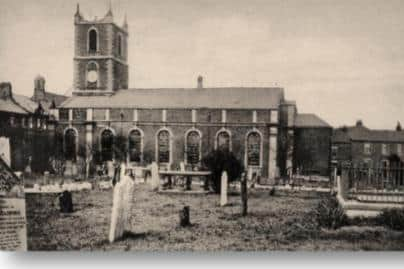

Advertisement
Hide AdAdvertisement
Hide AdA health board was set up at Holy Trinity in response. he vestry men set up and agreed measures to improve public health. They had to Quarantine placed on Sunderland ships had a terrible effect on the town’s trade and some Wearside businessmen formed an “anti-cholera” party.
Heart of the community
The vestry men virtually ran Sunderland for 120 years. One of their achievements was to create a fire service based at Holy Trinity.
Sunderland became a borough in 1835 and civic matters were then run from the Exchange Building in High Street West (later moving to the town hall).
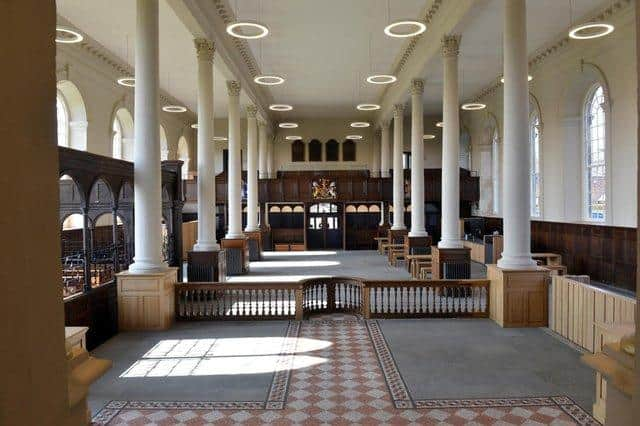

Until the Quayside Exchange was completed in 1814, Holy Trinity also served as the Sunderland’s first library and magistrates’ court.
The building
Advertisement
Hide AdAdvertisement
Hide AdIt is not known for certain who designed the Baroque church, but there was input from local architect and wood carver William Etty, while Daniel Newcombe, the church’s first rector, probably had a significant say too.
It has an imposing square clock and bell tower with three faces. The other end of the church was square too until 1835, when Newcombe added the semi-circular chancel which surrounded the altar.
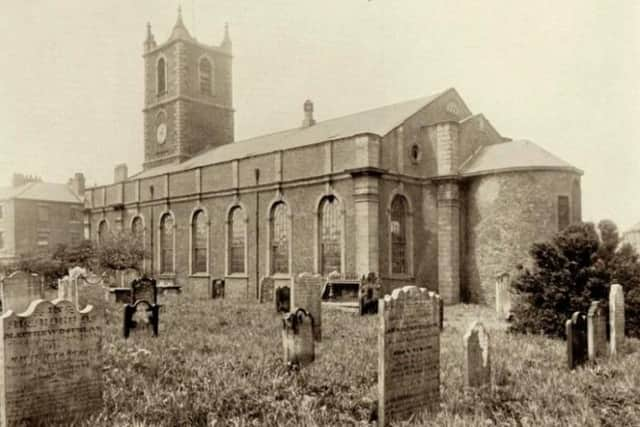

In 1803, the roof was raised by about 10 feet to accommodate a gallery inside. The 14 windows could be of original shape, or they may have been added when the roof was raised.
The magnificent Venetian window behind the altar was added in 1857 and depicts the Ascension of Christ.
Advertisement
Hide AdAdvertisement
Hide AdWriting in 1856, William Whellan, a sort of architecture critic of the time, described the exterior as “plain and unprepossessing” (cheek), but was closer to the mark when he wrote of the interior being “handsome” and “elegant” (more like it).
Jack Crawford and Robert Gray
The church is lent a touch of swashbuckle by its association of Sunderland naval hero Jack Crawford. A plaque commemorating the Hero of Camperdown hangs in the porch.
The story goes that at the Britain versus Netherlands Battle of Camperdown off the Dutch coast in 1797, Jack was aboard the British flagship HMS Venerable, when the mast bearing the ship’s flag was felled.
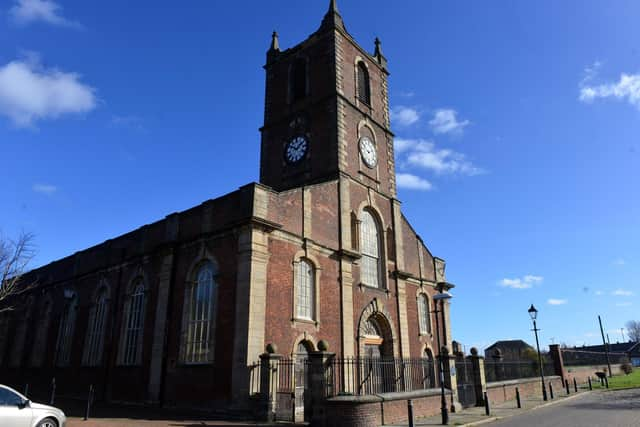

Lest anyone should wrongly think this meant surrender, Jack clambered the mainmast and restored the flag. This created folklore, as well as the phrase “nail your colours to the mast”.
Advertisement
Hide AdAdvertisement
Hide AdJack died penniless in Sunderland in 1831 and was buried in a pauper’s grave. But public subscription gave him his headstone which still stands in the burial ground beside the church.
There are around 100,000 bodies in that graveyard, although current appearances are deceptive as there are only two other visible headstones there.
One is for Reverend Robert Gray, 1787-1838, another rector of the church who worked tirelessly for cholera victims. The graveyard is officially called the Gray Memorial Gardens and nearby Gray Road is named after him.
The third headstone is for the rather more obscure John Dixon, a pharmacist and presumed bigwig of his day, who died aged 32 in 1852.
Demise of the church – and its magnificent organ
Advertisement
Hide AdAdvertisement
Hide AdAcross the country the sizes of church congregations dwindled as the 20th century progressed. Holy Trinity was no exception. It got through physical damage sustained in World War Two, but could not survive this.
The church was last used by worshippers in 1988, although other uses were found.
A magnificent organ, built in 1836, was removed in 2020 to undergo urgent repairs. Despite efforts to keep the instrument in Holy Trinity, the Churches Conservation Trust (CCT) who run the building wanted it to be used in a working church.
It was sold to the Basilica of Christ the King, in Malta where it is scheduled to be first used on Easter Sunday, April 17, the day after Seventeen Nineteen opens.
Now and next
Advertisement
Hide AdAdvertisement
Hide AdThe building has held Grade I-listed status since 1950, but still became rather dilapidated until £5million of funding from the National Lottery, Sunderland City Council, Benefact Trust and other donors, ensured that the building was preserved once more.
Over 600 tonnes of rubble were removed from the floor void, windows replaced with an original sash design, more than 16,000 handmade bricks restored and much more.
The beautiful Seventeen Nineteen will serve as a multi-purpose space for events, performances, live music and wedding receptions and will host about six services a year.
It remains a consecrated space and remains a hugely significant part of Sunderland’s history.